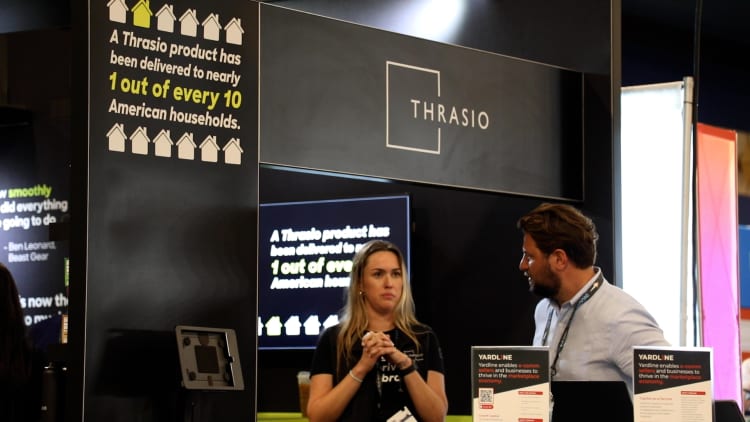
Tyrod Taylor’s rain-making pass hung in the air for so long Sunday as it traveled 60 yards downfield that it allowed time for wandering minds to consider bigger questions.
Is the Giants offense more aggressive with Taylor — or even Tommy DeVito — at quarterback than it was with Daniel Jones?
Especially vertically?
If so, why?
It seems the answer to the first two questions is “yes.”
The Giants need to figure out the answer to the third when determining their future at quarterback.
“We’ll look into that once we’re done with the season,” head coach Brian Daboll said Monday, wrapping up a 26-25 loss to the Rams.
Here’s one stat Daboll might see: Taylor’s Average Intended Air Yards — the vertical distance that a pass travels from the line of scrimmage to reaching its target — is 8.6 yards per pass, while Jones’ 6.8 is much closer to DeVito’s 6.5 and to the bottom of the league, according to NextGenStats.
The eye test of Taylor’s 80- and 69-yard touchdown passes to speedster Darius Slayton in back-to-back weeks support the analytics.
“I thought they had some really good designs … and I thought there were some really good examples of Tyrod being able to buy some time, escape the rush and give chances for things to develop off-schedule,” Rams head coach Sean McVay said. “They were able to create some explosives in the pass game where you felt that.”
Here’s a second stat Daboll might see: The Giants’ average pass is 5.82 yards with Taylor (148 attempts), 4.29 yards with DeVito (176) and 3.97 yards with Jones (160).
They averaged 4.7 yards gained or fewer per pass attempt in four of the five games when Jones played the majority of snaps compared to 5.2 yards gained or more per pass attempt during six of the 11 games when Taylor or DeVito played the majority.
And a third: Jones is 12 of 37 over two seasons under Daboll on passes covering more than 20 yards, while Taylor is 8 of 22 and DeVito is an impressive 7 of 14, according to Pro Football Focus.
“From my perspective, whenever we see a receiver even with the safety, then we give them a chance,” Taylor said. “You want to create as many explosives as you can week-in and week-out.”
Daboll encouraged the undrafted rookie DeVito to look downfield, so it’s safe to assume that he wants the same out of the Giants’ $160 million investment in Jones or any quarterback added to the mix via free agency or the draft this offseason, when Taylor is expected to explore other opportunities.
“See it, let it go,” Daboll previously said. “Trust your eyes. Be intelligently aggressive.”
Daboll credited Taylor’s decision-making against the Rams for fueling the chunk gains.
“Every game is different, but he’s done that the last couple of games for us which in turn helps,” Daboll said. “You skip some third downs and usually it gives you points.”
What could be the cause of the different offensive approaches?
One theory suggests that the Giants have simplified the offense since losing Jones.
“Because he is so smart, you do more taxing stuff on the mind,” one NFL coach told The Post. “If you just let Jones play, it would probably look better. That’s his gift and his curse. With that comes some paralysis by analysis. If you think too much, you play a little slower.”
Another theory is simpler: Jones played only 74 snaps all season with All-Pro left tackle Andrew Thomas and had to abandon the pocket quicker.
Jones’ time to throw was 2.73 seconds — less than DeVito (2.99) and Taylor (2.8) have had, primarily because of the protection offered on the blind side of a porous offensive line.
A third theory dates back years: The aggressiveness that Jones played with as a rookie in 2019 came with criticism for committing too many turnovers.
Coaches emphasized ball security during Jones’ developmental second and third seasons, and Jones’ league-best interception rate (1.4 percent of his passes) in 2022 was one of the biggest reasons that the Giants were comfortable signing him to a four-year extension.
He naturally became more risk-averse.
Taylor (11.5 percent) and DeVito (10.2 percent) both have made a greater percentage of aggressive throws into tight windows — a defender within 1 yard of the receiver when the ball arrives — than Jones (10 percent), per NextGenStats.
Of course, throwing into tight windows isn’t always a good idea.
Neither is overreliance on methodical long drives, however.
“Hey,” Daboll said, “big plays help.”
Credit: Source link















